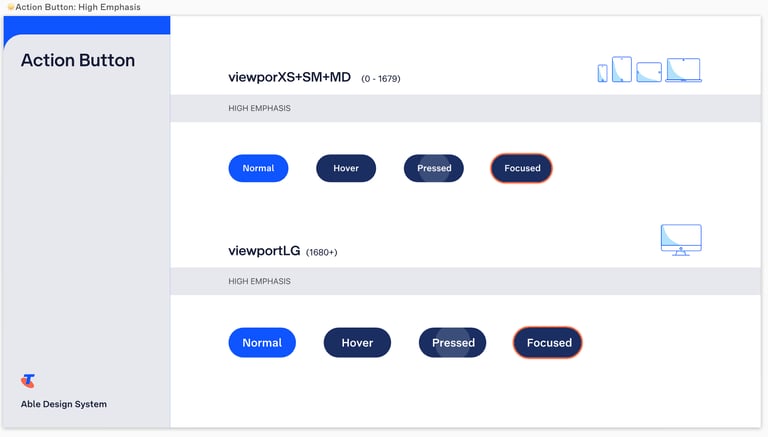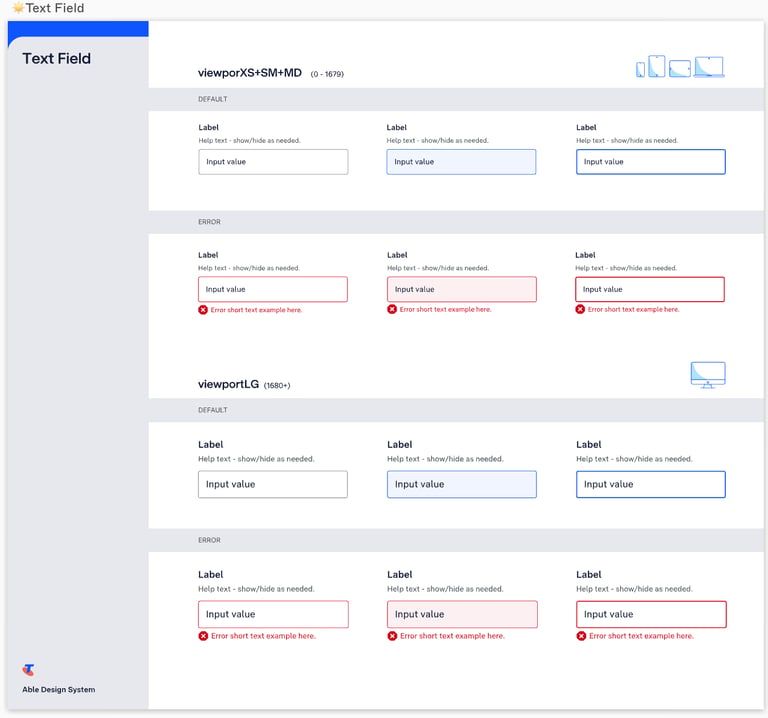
Telstra was looking at ways to optimise their current e-commerce checkout funnel as well as dig into what single purchase checkout for items that they saw customers looked to buy more and more of.
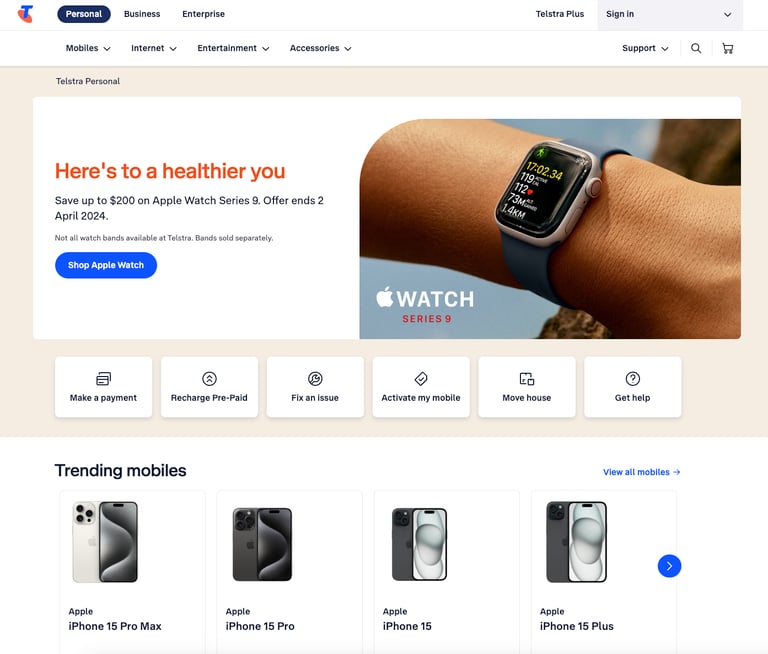

Telstra
Background
I was brought on to help Telstra reinvent their e-commerce experience. They are Australia’s leading telecommunications organisation which had 80% of sales across stores and little e-commerce uptick and conversion.
Opportunity
With a big percentage of customers using their mobile devices to research new devices coming to market and make decisions on their next purchase, we saw an opportunity to make use of that traffic and find a way to simplify our checkout experience to be in line with a more streamlined traditional e-commerce checkout.
Challenge
We had an existing checkout flow that was designed for phones on planes as well as services like fixed internet ect. We saw with customer feedback, data analytics and research that it was a cumbersome process for customers to undertake digitally so they would exit and go into store.
Legal and government requirements were also scattered through the journey still thinking that a checkout needed to be a "one for all" solution. Things like ID verification checks and credit checks as well as legal terms and conditions littered the current experience.
We also had technical limitations on what we could challenge in the mid to long term as well with a lot of the work to decouple from legacy systems was still in flight which limited our ability to re-imagine the entire checkout journey.
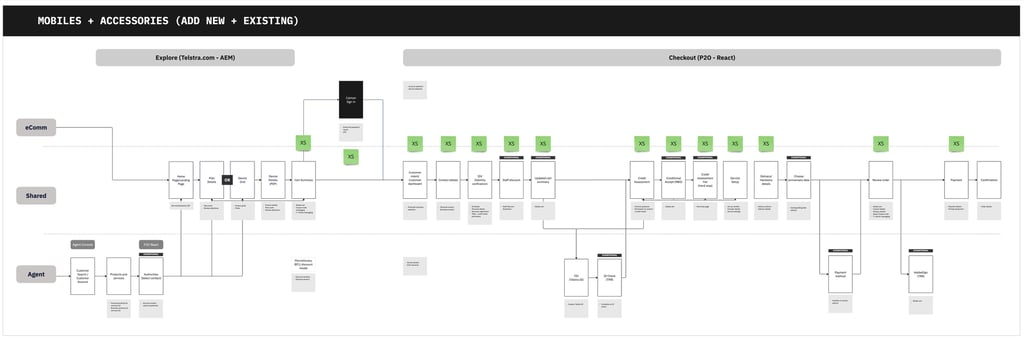

Journey Mapping
My first task was to look at the current state end to end journey and map it out so I had a general understanding of screens, could map out impacts, understand interaction and decision paths as well as create a baseline to communicate changes/improvements.
I would later utilise this to create a sectioned journey map that I could load data, insights, research and anything else that could inform us how each step was used and perceived by users.
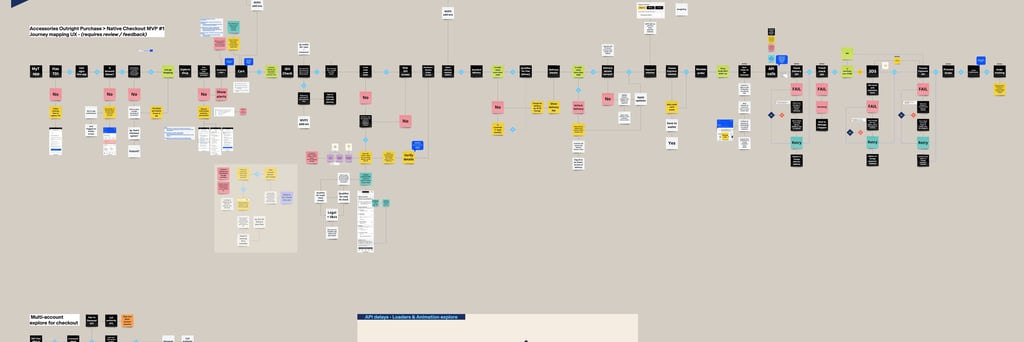

Industry Analysis
I then moved onto screen capturing the current experience so that I could load some of that data from the journey map into and showcase hypothesis we had that we could look to prove/disprove. This exercised I used a simple to understand method of optimisation areas, then minor and majoy concern areas to rally the team around.
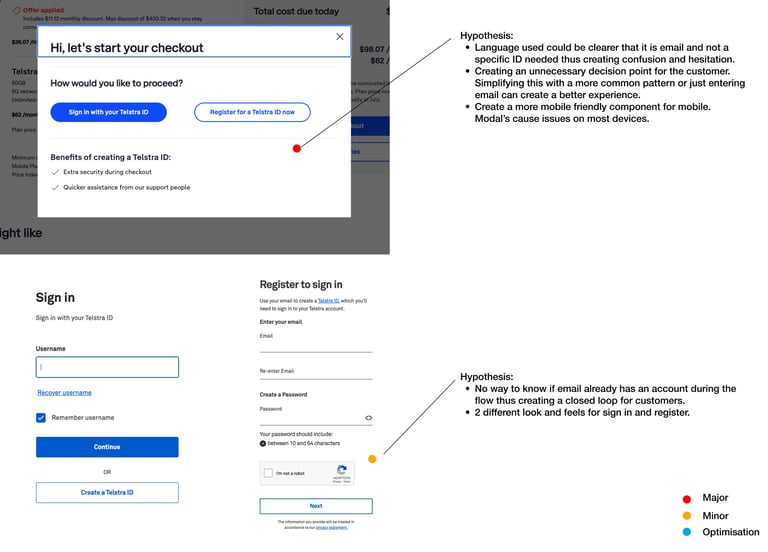

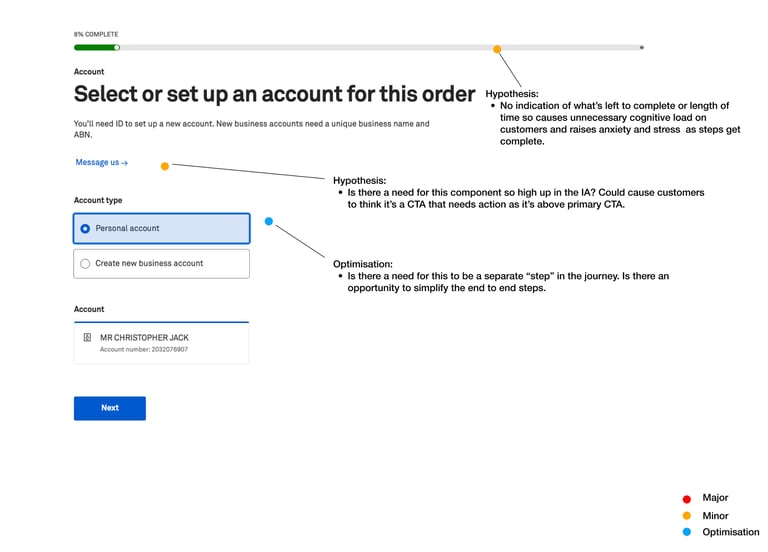

Competitor Analysis
I then shifted into looking at the competitor landscape to see what other players in the market or those looking at solving similar ux issues were doing. I mapped these out against categories I described as e-commerce, direct competitors and services. I would use this document to illustrate what more traditional e-commerce competitors were doing in terms of selling single items like headphones, tablets ect and could then pivot to what those selling services look like and then onto direct to create a full landscape to map to a plan of what we wanted to go after.
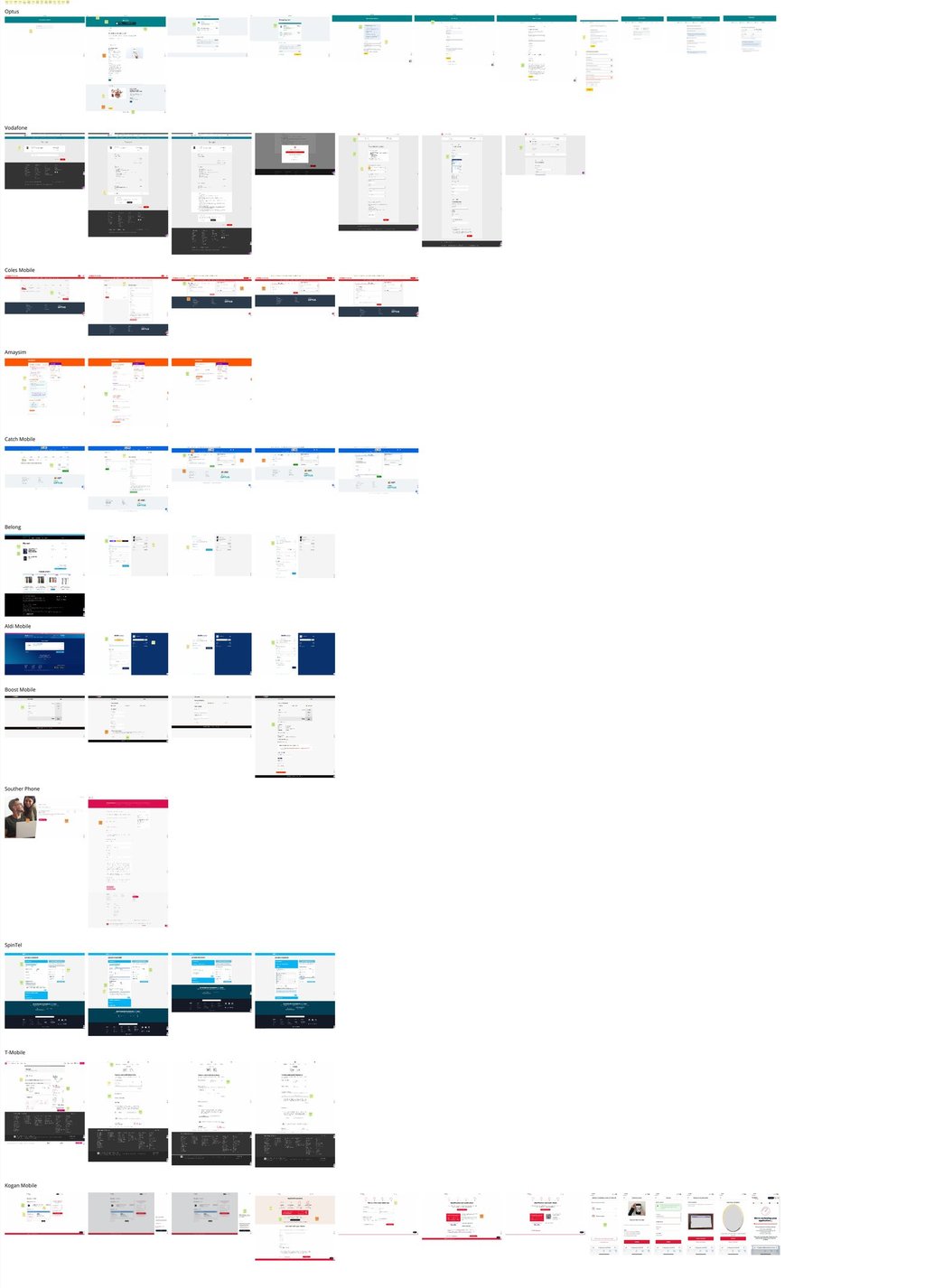

Baseline hypothesis
I also sifted through resources we had available like Baymard/Nielsen Norman to create a document showcasing what makes a good and poor user experience specific to checkout experiences. This document helped the storytelling part of stakeholder management to talk through not needing to go through large pieces of discovery work to go after some of these improvements.
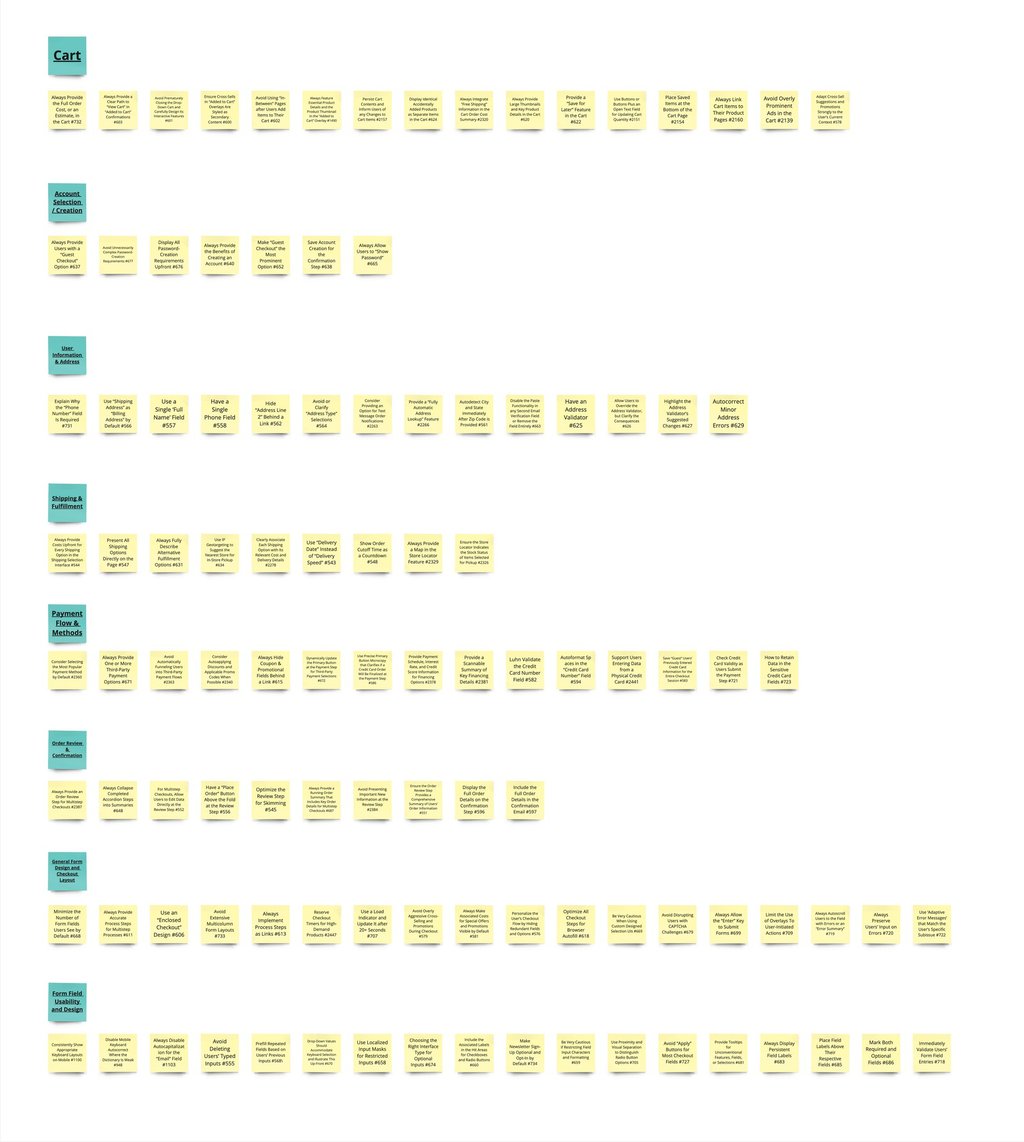

Data Gathering
I then started to collaborate with the data analytics teams, research guild, CX guild and Customer Support to look at all the data and insights we had that could help inform some of those parts of the flow outlined in the journey maps. This was an exercise done for two reasons, firstly to create a centralised area to pull together all that information for us to easily sift through and pull insights out of and secondly a way to map what we had enough data to make decisions on and what might need more insights, research or information on before making hypothesis about.
Design and Planning
I utilised a quadrant matrix to build out a plan of those things that were ready to go after and those that might need more planning and dependency mapping. The themes used in the quadrant were risk and complexity then mapping out what hypothesis sat in which part of the quadrant.
Once we started to see what pieces we could go after as quick wins, we moved into designing and phasing those out for the development team. This was also made simpler with the use of the extensive design system that Telstra had in place.
Simultaneously we started to build a discovery plan out for those that had more ambiguity or complexity. This is a fairly traditional method of agile termed as dual track.
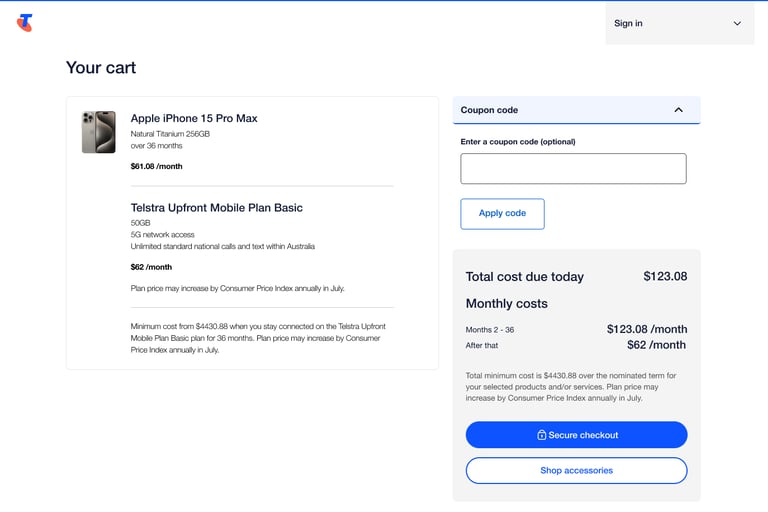


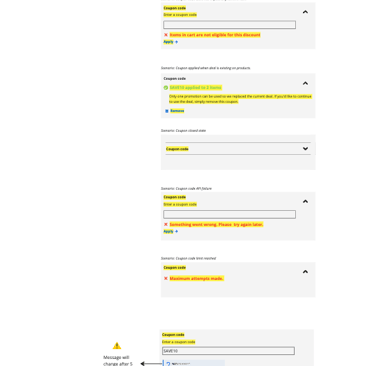
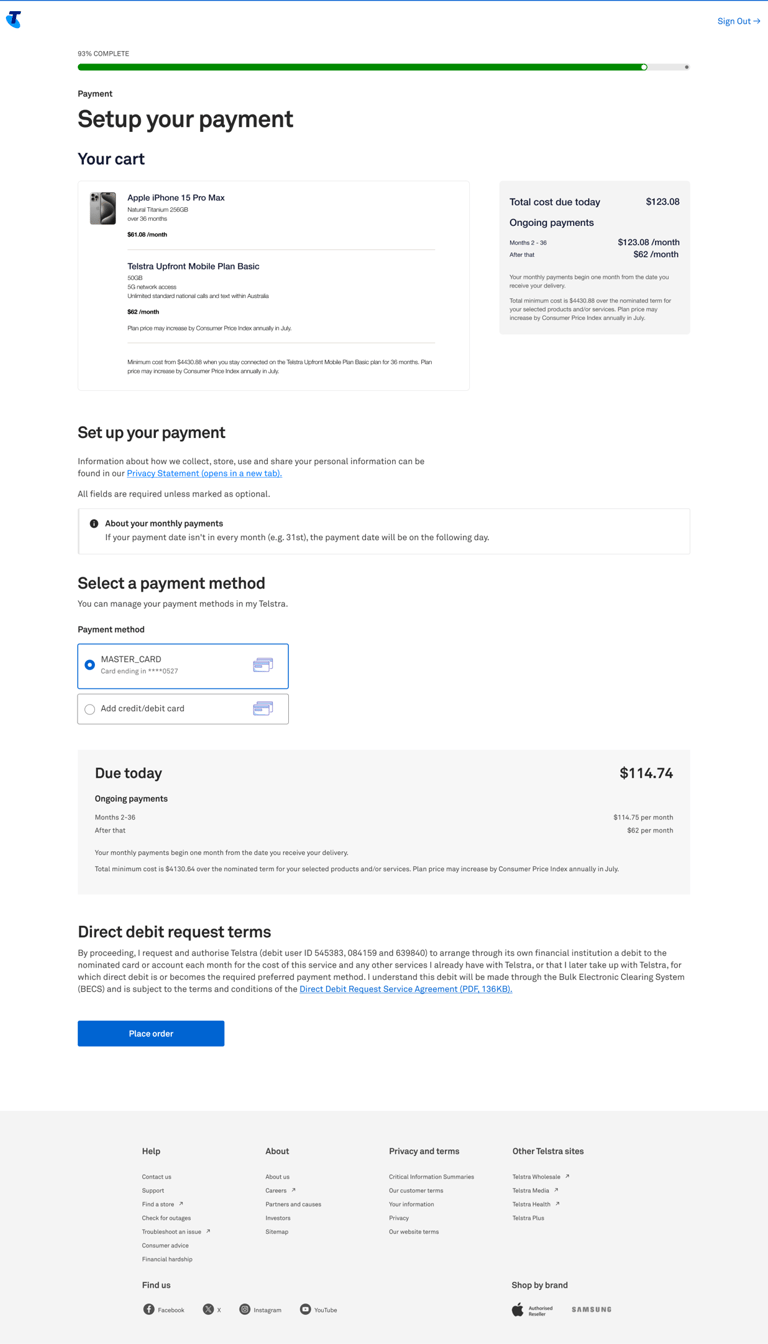

Blue Sky
The other part of the role was to look at creating a blue sky vision for what an e-commerce checkout could look like for Telstra in the future. We took a tech agnostic view to this as to not limit our thinking on what we could accomplish.
We didn't get to the end of this piece but below you can see a direction and first phase cut towards a more streamlined e-commerce vision for the teams to carry up.
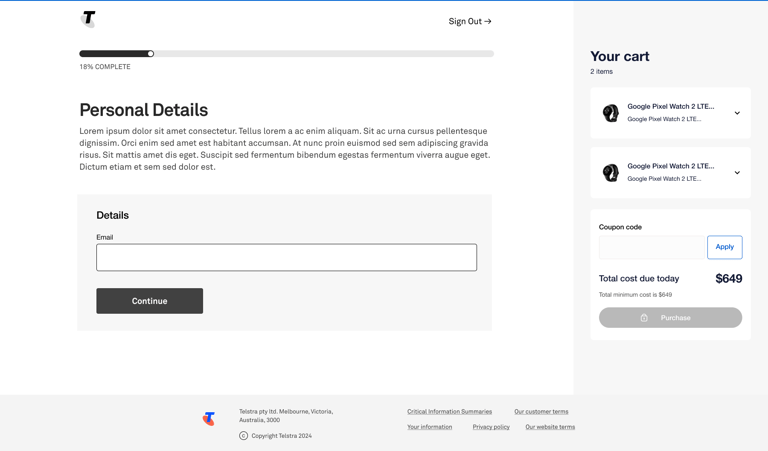

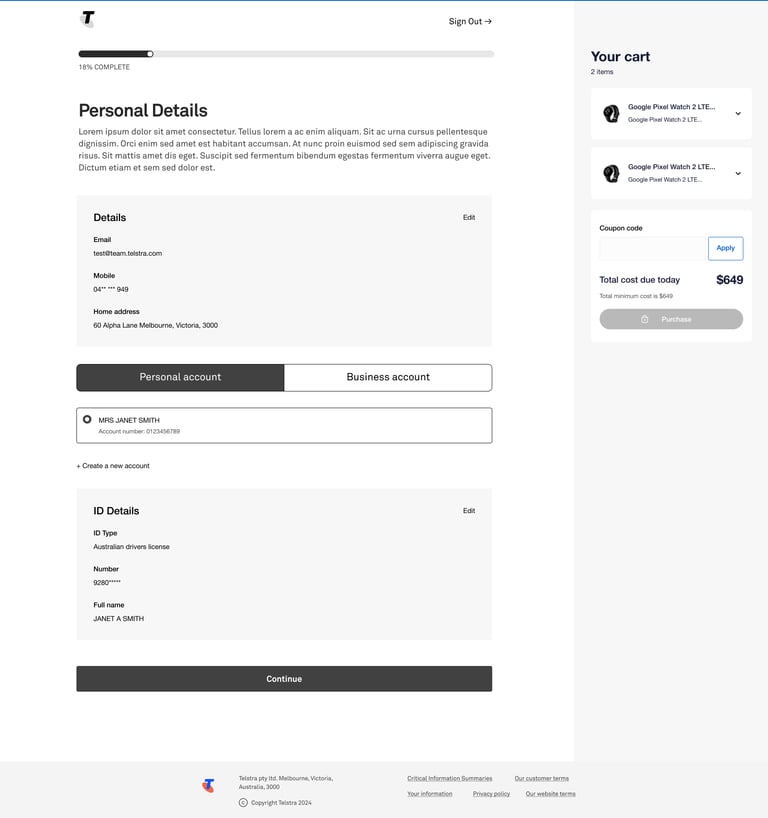

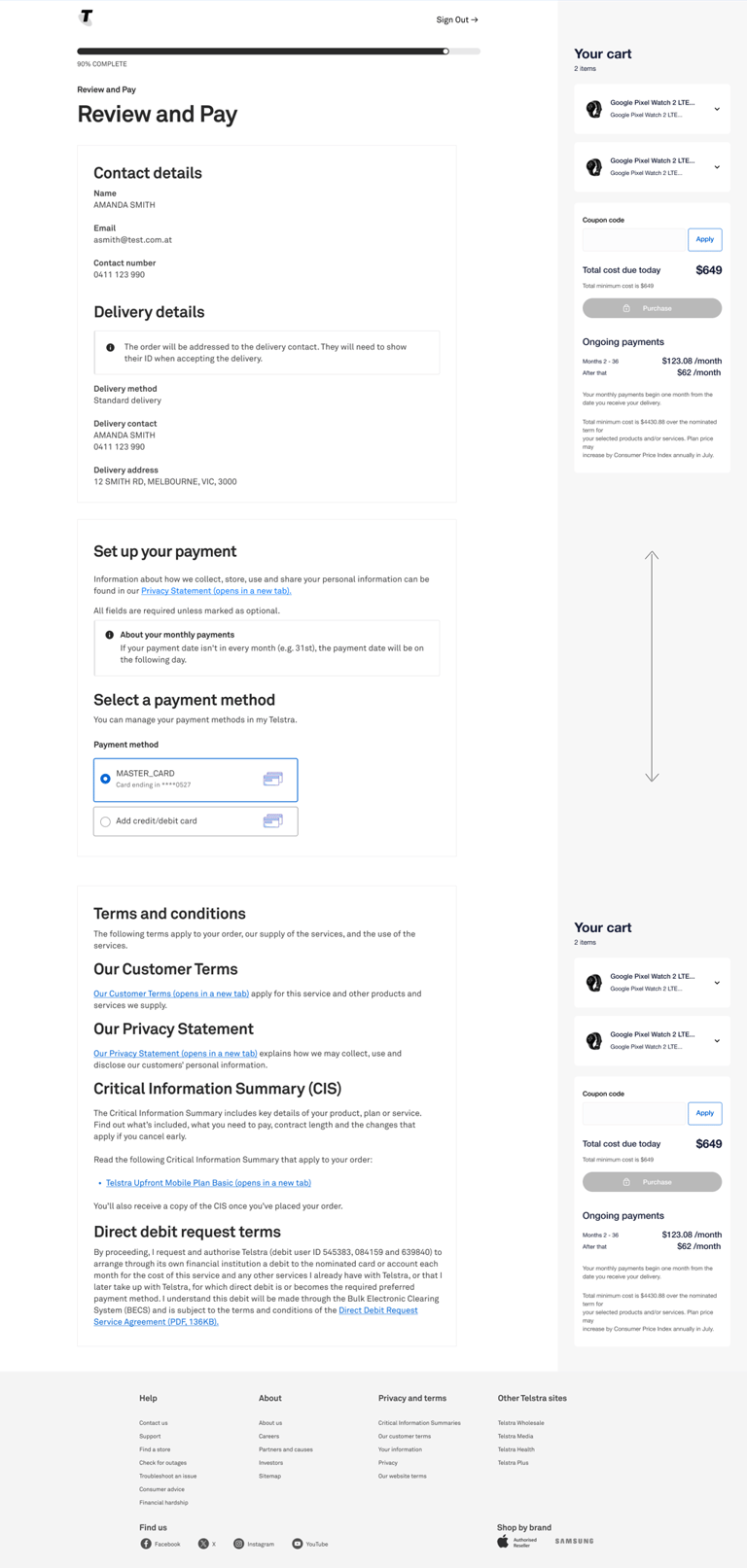

Design System
Telstra has a rather thorough design system that made it easy to leverage for some of these quick wins but as it got to more of the blue sky thinking, we started to get into collaboration sessions with the ABLE (design system) team to understand patterns, interactions and how we were looking to push the envelope. We developed a good framework for bringing new ideas/patterns to the guild for discussion on risks/impacts and decisions moving forward.
